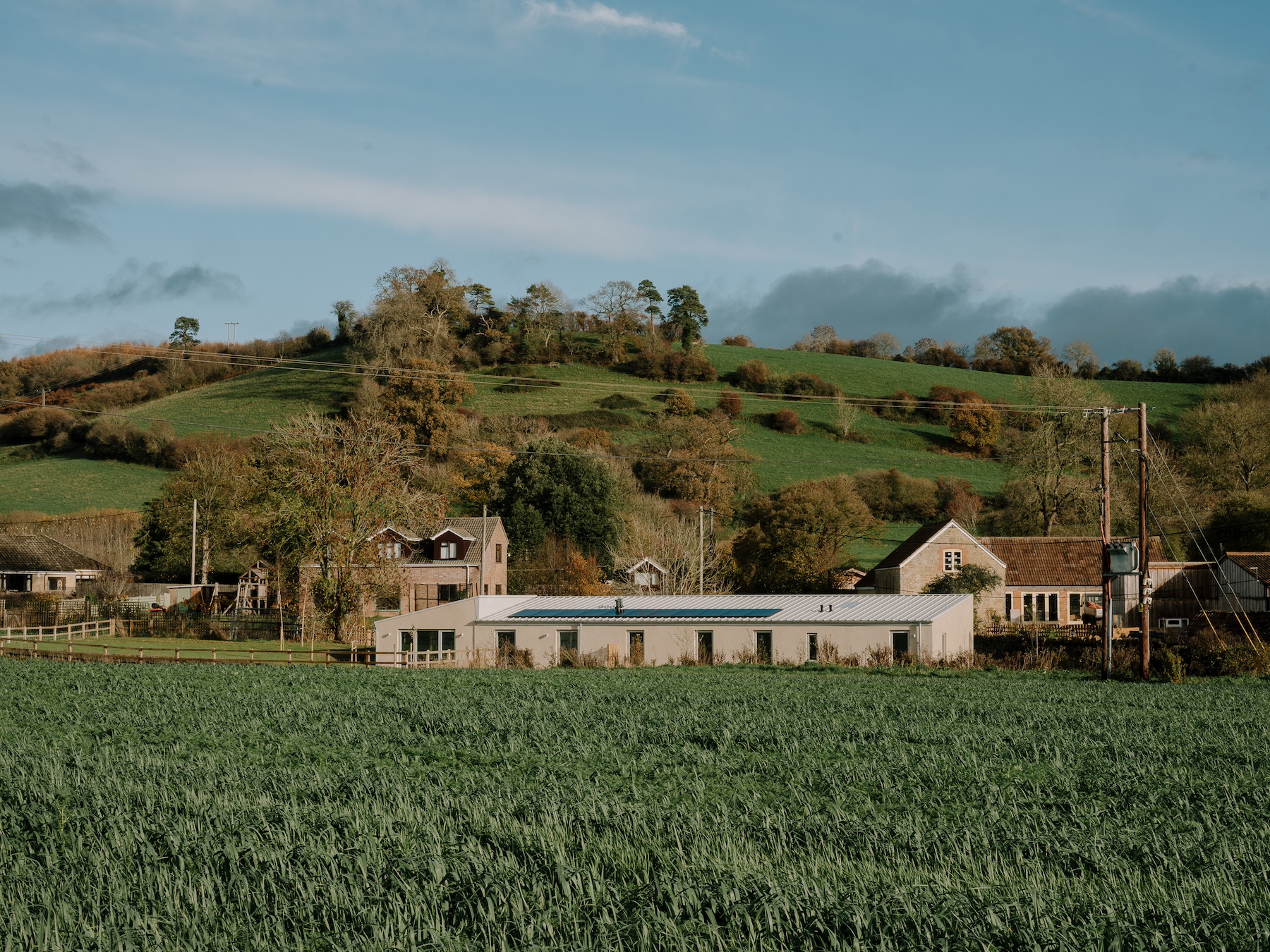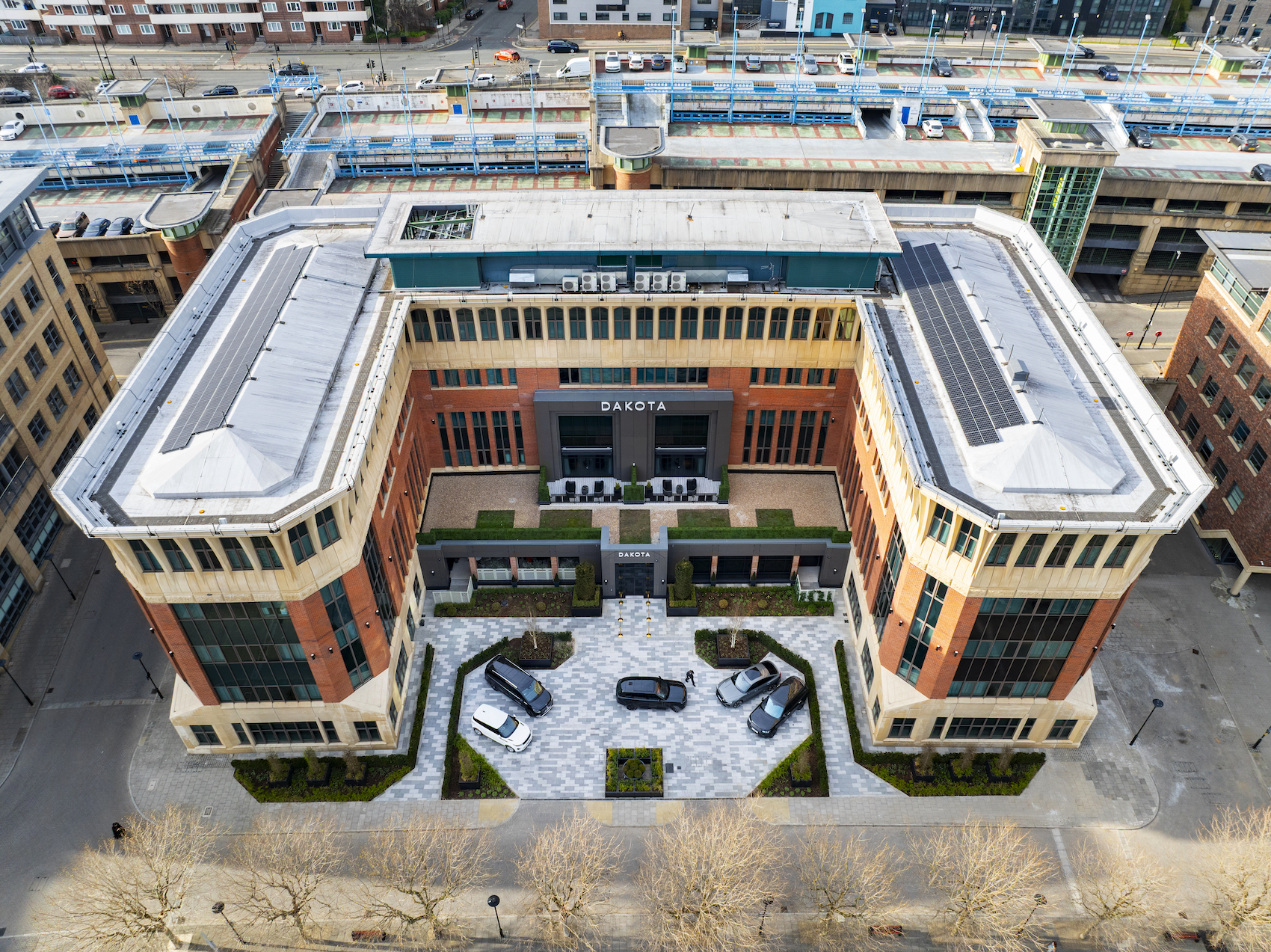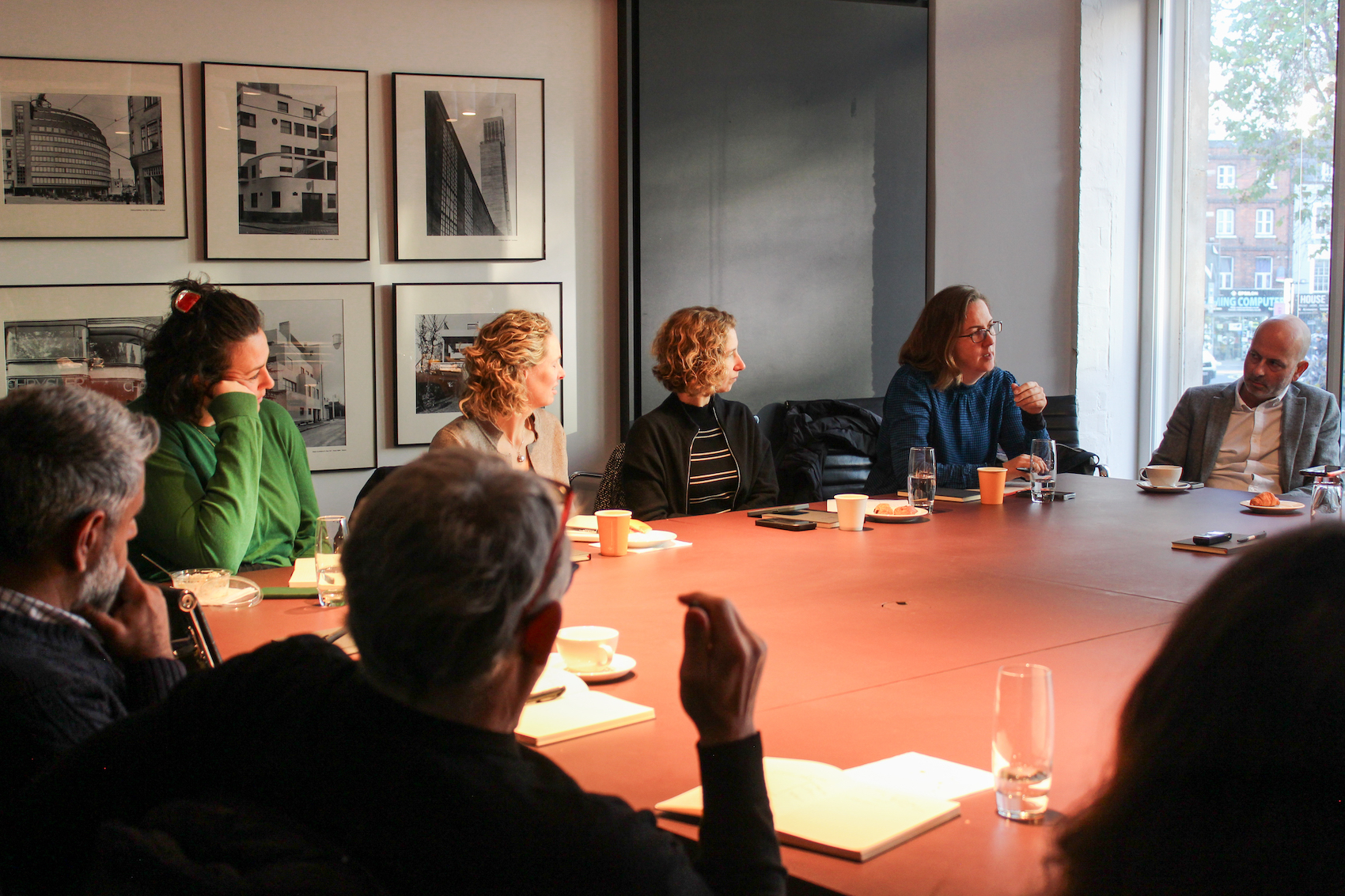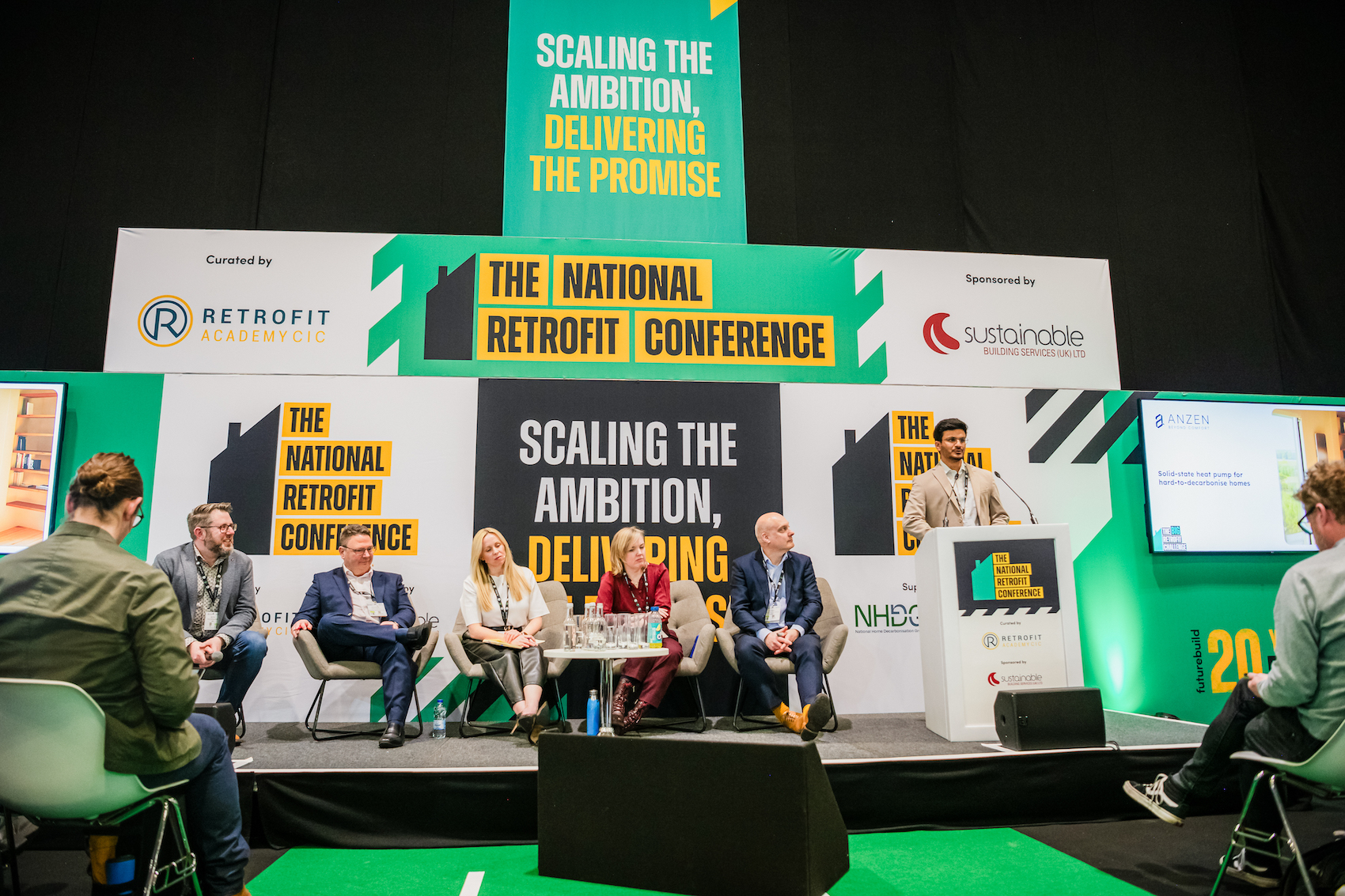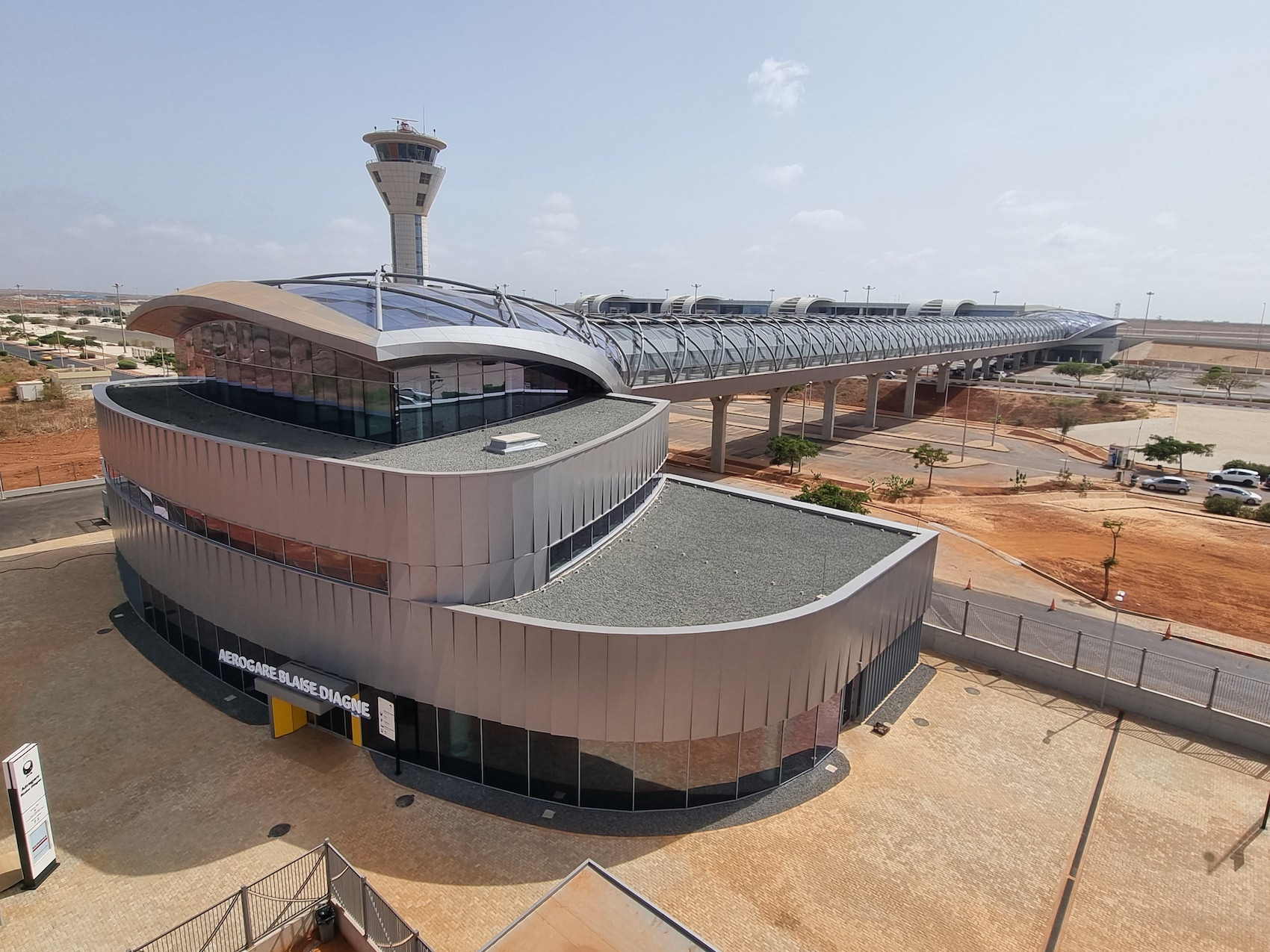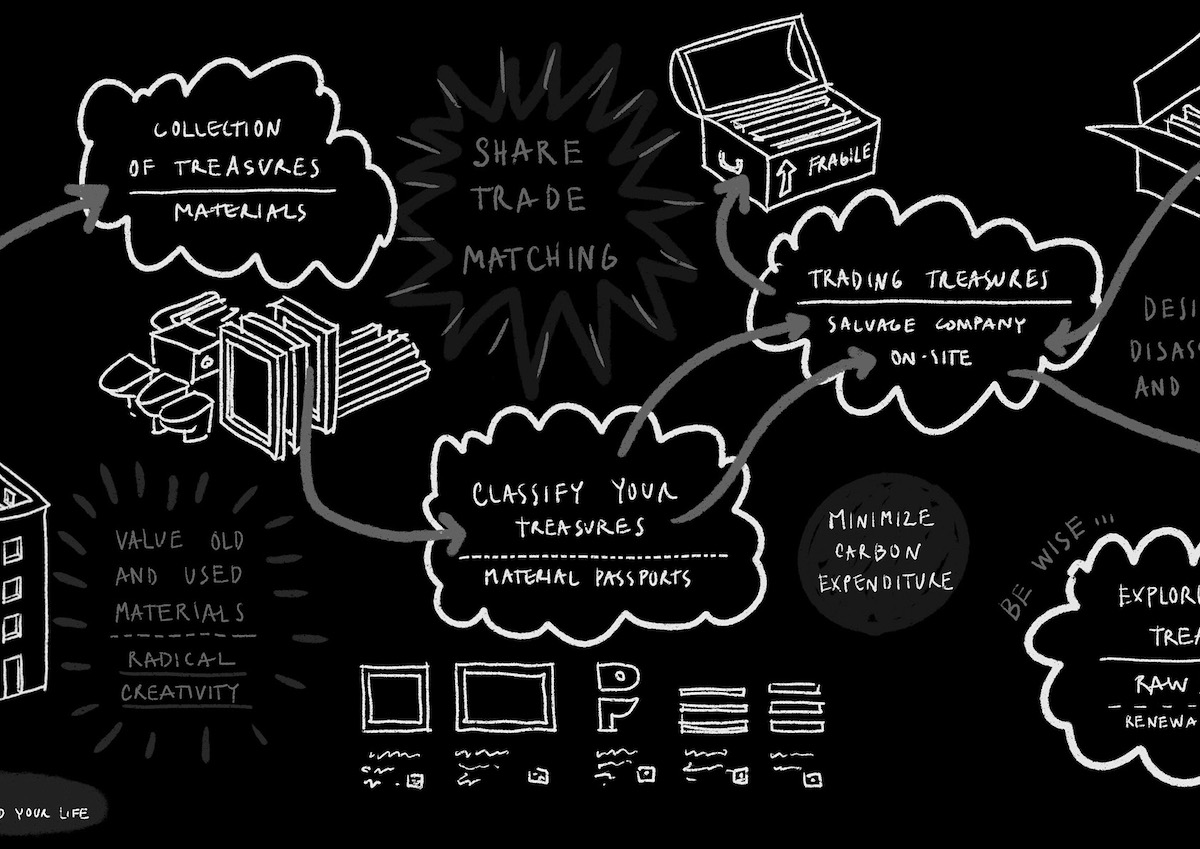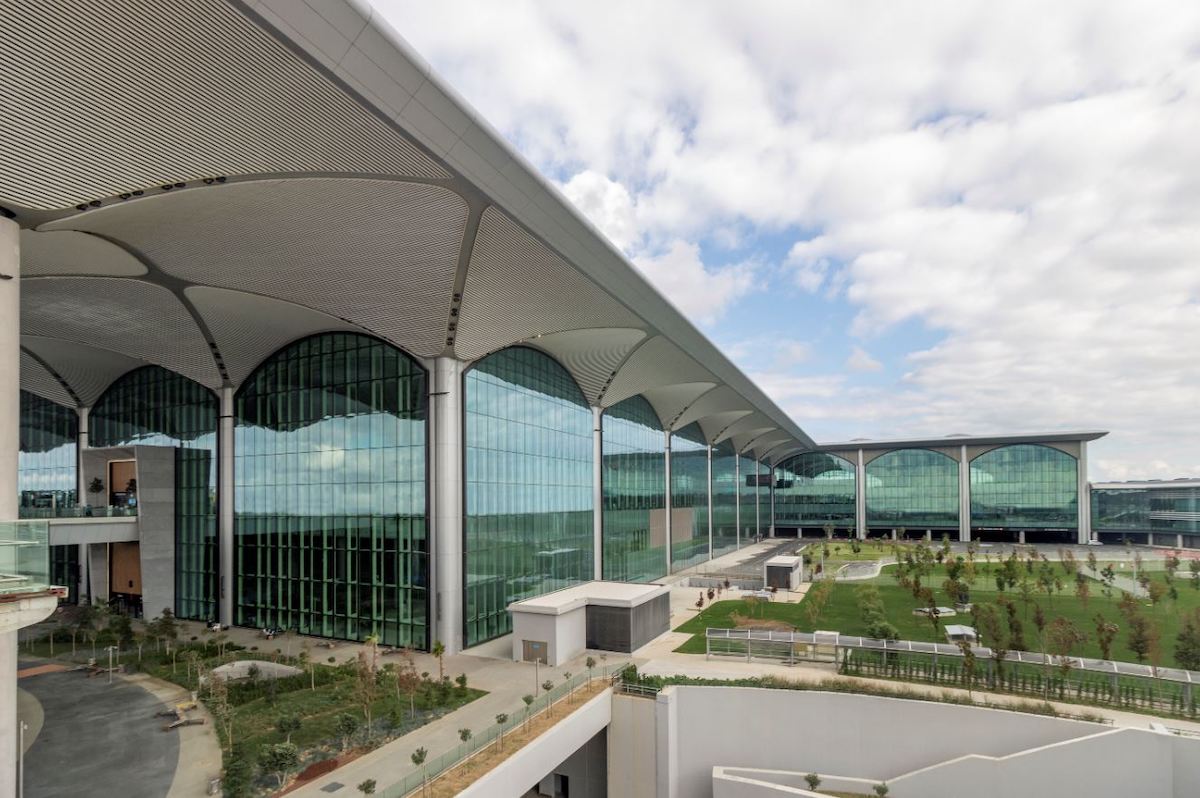In the 1990s, Cedric Price’s radical approach to architectural practice – prioritising processes over buildings – was seen as visionary and eccentric. Today, as the Regenerative Architecture Index reveals, his ideas about systems, adaptability, and the intelligence of practice itself are central to an evolving, more sustainable profession.
Back in 1996 my then editor, Paul Finch, dispatched me to visit Cedric Price, with a view to ‘working with’ Cedric to produce a special issue on his work. In retrospect, it had the hallmarks of a good-natured set-up; a Finchy take on sending an apprentice to the hardware shop to buy striped paint. Fresh out of architecture school; new into journalism; I was wildly excited, but woefully ill-equipped, to embark on a creative collaboration with architecture’s most quixotic and enigmatic mind. Cedric was charm itself; asking for my opinion; listening to my ideas; humouring me for all of twenty minutes before explaining that he had the issue all mapped out.
On the plus side, it meant we now had a free morning which we could usefully spend drinking brandy and eating cake. And discussing his latest project. He gestured towards a wobbly grid of home-made post-it notes that covered the wall; symbols, graphs and diagrams that set out to capture and optimise the flow of information through the studio. His project was practice itself.
For Cedric processes were as important – more important – than built work. Cumbersome by nature, buildings were doomed to instant obsolescence, outpaced and outwitted by technological change. Architects could do their clients a service by persuading them not to build at all. Style, monumentalism, aesthetics – these were neither here nor there. Architectural intelligence was best applied to devising systems, built or otherwise, designed to adapt to an ever-changing world.
It was a position that bolstered his reputation as an eccentric visionary, out of touch with modern practice. A flick through the entries for this year’s Regenerative Architecture Index shows how far we’ve come in the 30 years since I contemplated the hieroglyphics on Cedric Price’s wall. More than 100 organisations have submitted detailed accounts of their endeavours to build better, or build differently, or not to build at all.
Crucially, they have pooled their wisdom on the processes and systems required to move towards regenerative practice. On the fragile art of defining a purpose and an ethos; of nurturing talent, networks, culture; of drawing a correlation between the nature of a practice and the work that it can do.
This was the editorial to the May-June 2025 issue of Architecture Today which you can read online here.



